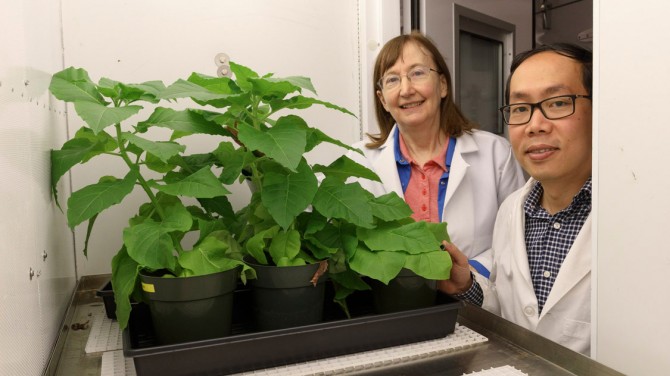E. coli bacteria offer path to improving photosynthesis
23. 9. 2020 | Cornell University | www.cornell.edu
Scientists have engineered a key plant enzyme and introduced it in Escherichia coli bacteria in order to create an optimal experimental environment for studying how to speed up photosynthesis, a holy grail for improving crop yields.
Scientists have known that crop yields would increase if they could accelerate the photosynthesis process, where plants convert carbon dioxide (CO2), water and light into oxygen and eventually into sucrose, a sugar used for energy and for building new plant tissue.

Researchers have focused on Rubisco, a slow enzyme that pulls (or fixes) carbon from carbon dioxide to create sucrose. Along with CO2, Rubisco sometimes catalyzes a reaction with oxygen from the air, and when it does, it creates a toxic byproduct and wastes energy, thereby making photosynthesis inefficient. In an effort to achieve that, the researchers took Rubisco from tobacco plants and engineered it into E. coli. Tobacco serves as a common model plant in research.
Read more at Cornell University
Image Credit: Cornell University
-jk-




